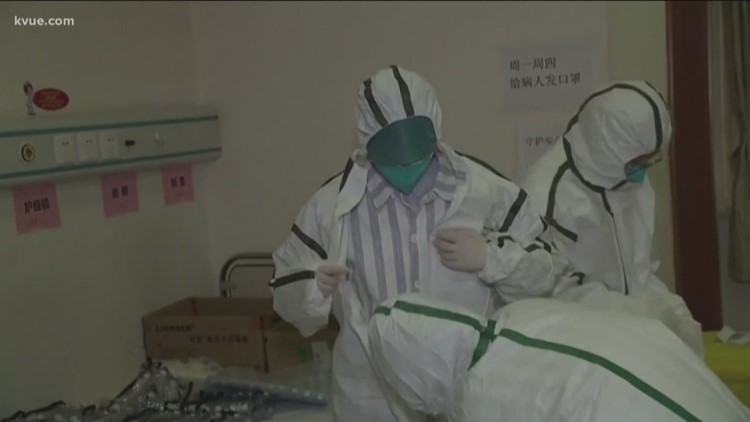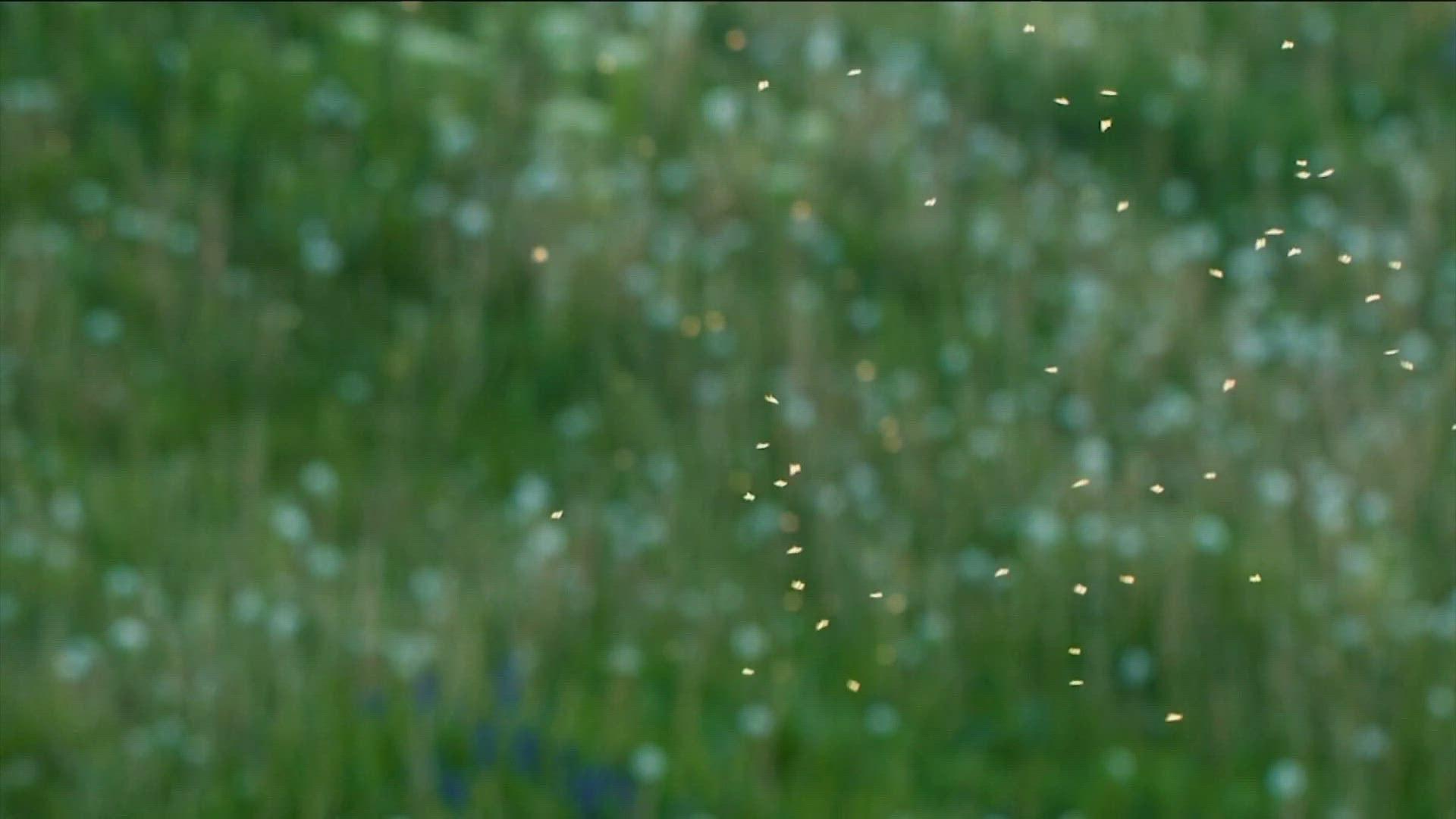AUSTIN, Texas — On Thursday, the Center for Disease Control (CDC) confirmed its 15th case of the coronavirus in the U.S. This case, unlike others, is a bit closer to home – 100 miles closer at Lackland Air Force Base in San Antonio.
COVID-19, the official name for the deadly strain of novel coronavirus, was first discovered in Wuhan, China, in December 2019. Originating in animals and then migrating to humans, it causes symptoms ranging from fever, cough and shortness of breath. Many that have been diagnosed have either succumbed to the virus or have become severely ill and required quarantine.
The CDC said symptoms typically appear two to 14 days after exposure and pass quickly through human-to-human contact.
With the death toll over 1,300 as of Thursday morning, fear across the globe is growing stronger and stronger as world leaders take aim.
President Donald Trump recently remarked he spoke with Chinese President Xi Jinping about the virus and said the Chinese leader is focused on "leading the counterattack on the coronavirus."
President Trump also alluded that warmer weather could also lend itself helpful to limiting the spread of the deadly virus.
The question remains, is this true? Can the warmer spring and summer weather pose a welcomed slowdown to the spread?
Some scientists believe it's too soon to make this claim because of such a short period of time since the initial alarm in December.
Average high temperatures for Austin and Central Texas currently sit in the mid-60s, and already in February we have experienced eight daytime highs above average. The warmest of those was on Feb. 2 at 81 degrees.
We all know that during the late fall and winter seasons the common cold and the flu run rampant through our homes, workplaces, churches and schools, so is this the same? Will it behave differently?
Well, just think for a second – we all gather and stay in closed-door spaces during the cold days. We cough, we sneeze, we shake hands and we eat in close proximity. Viruses are known to spread through respiratory droplets released when we either cough or sneeze.
Dr. Amesh Adalja said not every strain performs the same, but he fears there could be yearly outbreaks, with most cases remaining on the mild side. Dr. Adalja said "coronaviruses have seasonality."
"We do know that certain environmental conditions favor the transmission of viruses and that cold weather, the humidity, all of that, affect trajectory," he said.
Additionally, Dr. Adalja said like the common cold, the COVID-19 strain we are seeing with an explosive transmission in China could behave similarly.
But because we have such a limited time frame to study and research the virus, physicians and the CDC feel we just can't know for sure just yet.
Prevention
The CDC recommends avoiding close contact with those that are sick. Avoid touching your eyes, mouth and nose with unwashed hands. Cover your mouth when you cough or sneeze and wash your hands immediately. Clean and disinfect common areas and surfaces frequently. Also, wash your hands with soap and water for at least 20 seconds before and after eating, and after using the restroom.
What to do if you are sick
The CDC recommends seeking medical advice immediately. Avoid contact with others. Do not travel. Cover your mouth and nose with a tissue or sleeve when coughing and/or sneezing.
Sadly, there is currently no specific antiviral treatment for this Wuhan, China-based strain of the coronavirus.
PEOPLE ARE ALSO READING:



